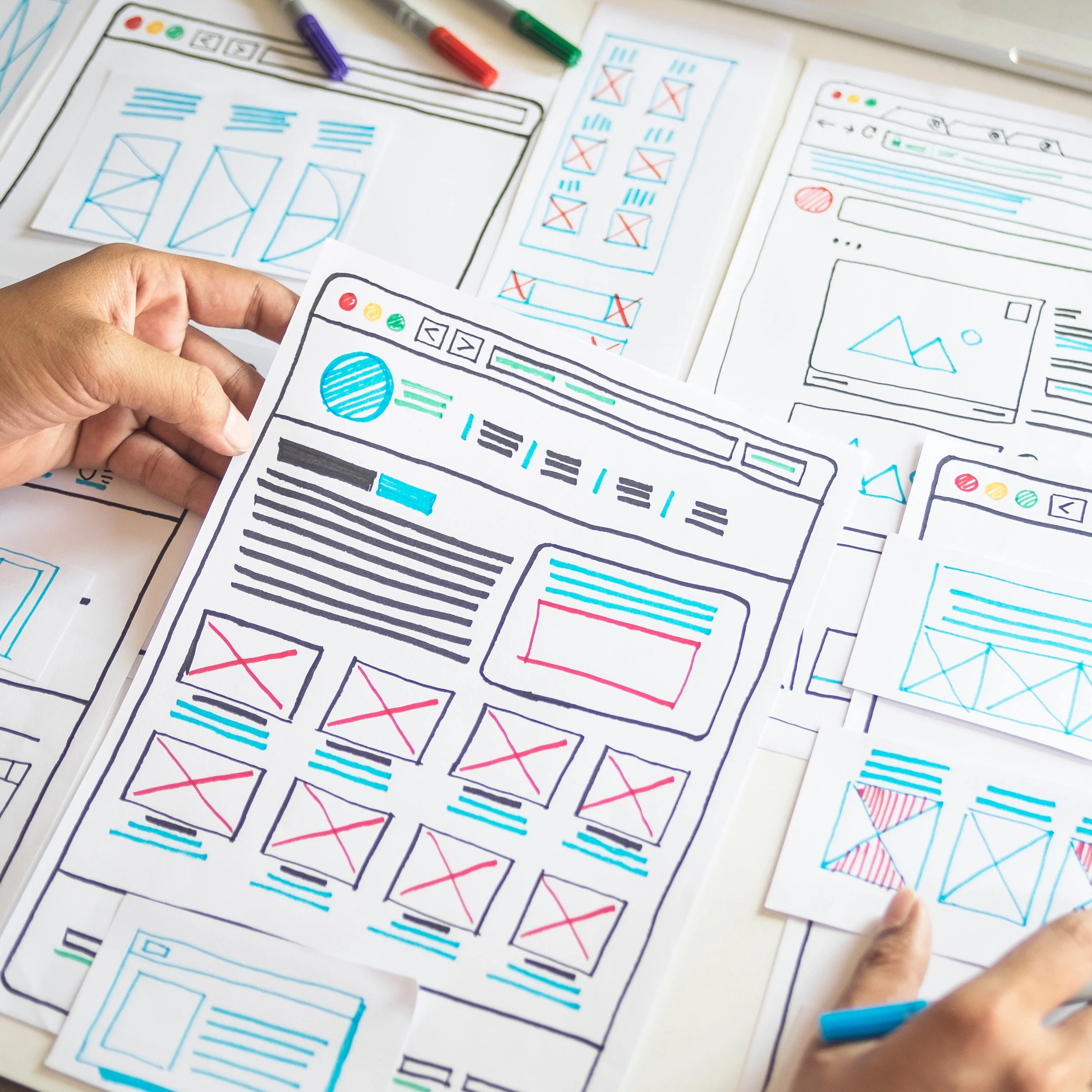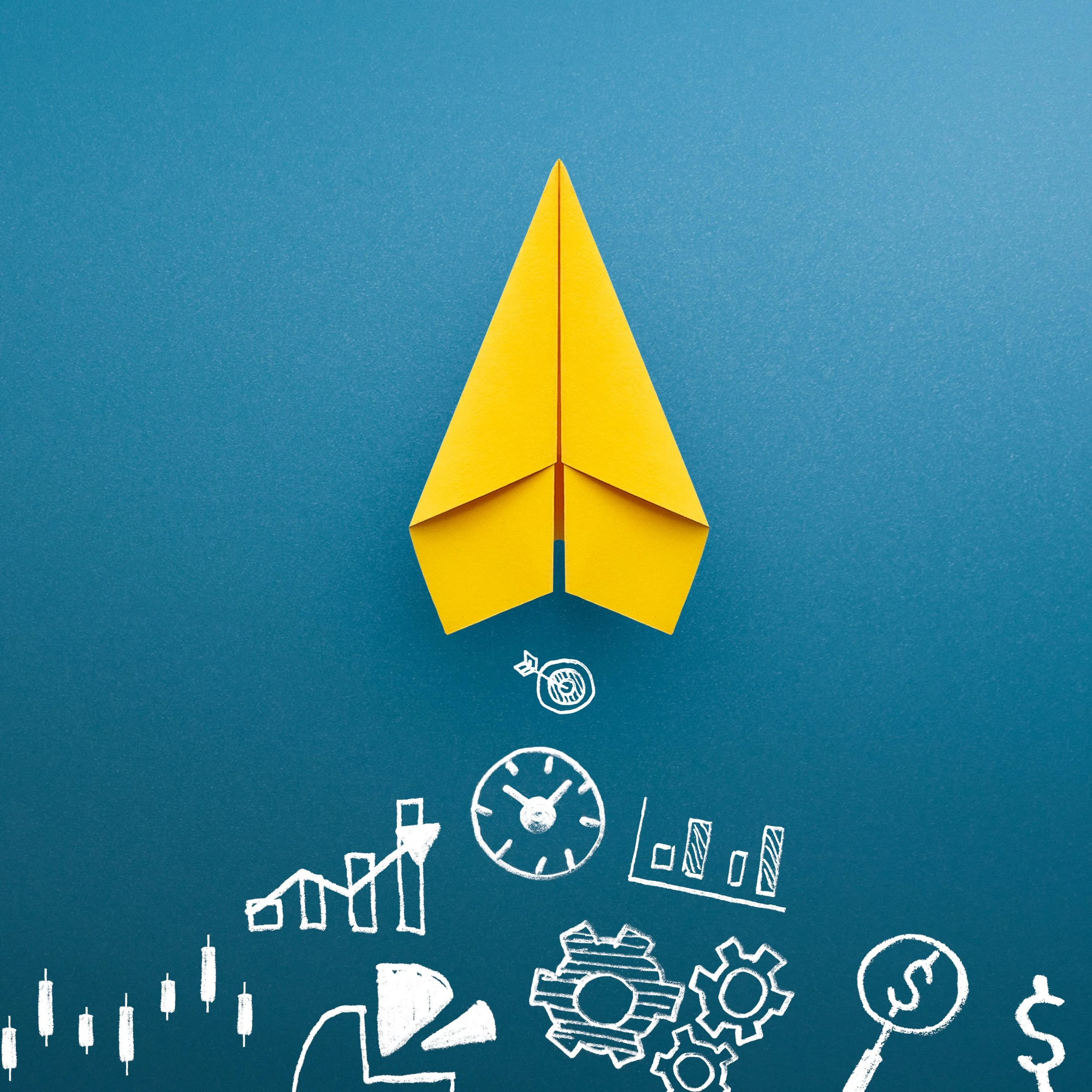Why You Should Use a Sales Funnel
Better planning is one of the many benefits of using the sales funnel methodology as it significantly increases visibility into the sales pipeline in a structured way.
If you are an event planner, caterer, web designer, or contractor, you have probably experienced those weeks when so many projects are about to complete at once that you can hardly handle them all. And then, after all the last-minute rush, there are no follow-up projects or events for a while.
I call this phenomenon feast-and-famine.
One month you have too much work, the next not enough.
Instead of these work peaks and troughs, many entrepreneurs prefer a steady stream of projects - not too many and not too few.
While it may be challenging, if not impossible, to smooth out all fluctuations, improving how you manage your sales funnel could make a significant difference in reducing many ups and downs.
What Is a Sales Funnel?
A sales funnel is a marketing methodology that assigns a formal phase or stage to each of your potential clients, describing where they are in their progress towards placing an order with you. A sales funnel is often also referred to as a sales pipeline or lead conversion funnel.
For example, if your potential client has inquired about your services, you would assign the phase "inquiry" to this opportunity. After you responded to that inquiry by sending an email with an overview of your services, you would change the phase to "brochure sent."
There is a formal phase for each step until your customer places the order with you.
How Many Phases Should Your Sales Funnel Have?
How many phases you have in your sales funnel depends on your business and how you would like to track the progress of each opportunity.
The basic sales funnel methodology has five broad phases:
Awareness;
Interest;
Evaluation;
Intent;
Purchase.
The basic sales funnel methodology closely follows the AIDA model that consists of four stages — Awareness, Interest, Decision, and Action — hence its name AIDA. However, these four or even five stages are often too broad to track your daily activities.
Therefore, I recommend a more granular approach of about seven phases. If the stages are too general, they are often not meaningful enough to track your activities. In my experience, seven is usually a happy medium between not too few (4 or less) and not too many (10 or more).
If you use HoneyBook as your client management software, you work with seven built-in stages: inquiry, client follow-up, proposal sent, proposal signed, retainer paid, planning, and completed. However, you can set up additional phases to customize the stages to your business needs and better monitor your sales funnel.
With Dubsado, another client management software, you can also define your own stages, called statuses. They are similar to HoneyBook's stages but can be used to automate your workflow.
► How Client Management Software Can Increase Your Productivity
Why You Should Use a Sales Funnel
Aside from smoothing out the ups and downs in your business, there are three related benefits to using the sales funnel methodology:
More clarity into your sales pipeline allows you to focus on the most promising opportunities. Assigning formal phases to each sales opportunity doesn't give you more clarity unless you fully embrace the sales funnel methodology. Using it regularly and diligently will help you separate the most promising opportunities from those less likely to lead to a sale.
Better focus lets you spend more time with your clients, increasing your chance to convert those opportunities into contracts. By prioritizing those prospects with the highest probability of becoming contracts and with the best fit for your business, you free up significant time. You can reinvest this time saving by visiting your customers more often to sell those deals, increasing your odds of winning the contracts.
More deals lead to higher sales productivity. Selling more in the same amount of time increases your sales productivity. The contracts you win may also be a better fit for your company since you can identify the good ones early during prospecting.
How to Smooth Out Your Workload With the Sales Funnel Methodology
Better planning is one of the many additional benefits of the sales funnel methodology because it significantly increases the transparency of the sales pipeline in a structured way. Since you are tracking each opportunity's scope and due date, you can estimate what you would need to realize them.
With this information, you can create a mock work schedule months in advance that could highlight otherwise hidden conflicts or bottlenecks.
The dates on which these scheduling conflicts occur are crucial feedback for the sales team, who, for example, could work with the customer to overcome this conflict by expediting, delaying, or extending the project's duration.
As these discussions take place well before the due date, even before the contract is awarded, finding a workable solution is much easier.
If your goal is to smoothen out your business's workload, managing your sales funnel is how you can make that happen.











